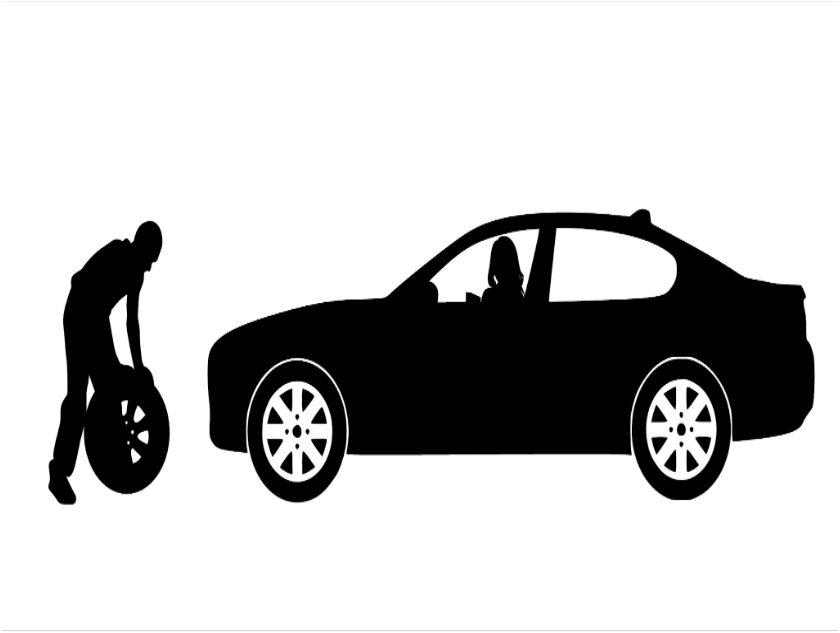The Importance of Following Recommended Tire Pressure for Optimal Performance
While it’s within the realm of possibility to slightly deviate from the recommended tire pressure, it’s generally advisable to stick as closely as possible to the manufacturer’s specifications. The recommended tire pressure is determined based on various factors like load capacity, vehicle weight distribution, and tire size, all of which are taken into account to ensure optimal performance, safety, and longevity of the tires.
By increasing the tire pressure beyond the recommended range, such as using 40 psi for the rear wheels and 37 psi for the front wheels, you may experience a few effects. The higher pressure might lead to a firmer ride and slightly improve fuel efficiency, but it could also result in reduced traction, especially in wet or slippery conditions. Additionally, the tires may wear unevenly, with potentially more wear in the center of the tread.
To maintain the best balance of performance, safety, and tire life, I would recommend adjusting your tire pressures to be within the recommended range specified by Toyota. This will help ensure that your vehicle handles properly and that your tires wear evenly, promoting better overall performance and longevity.

